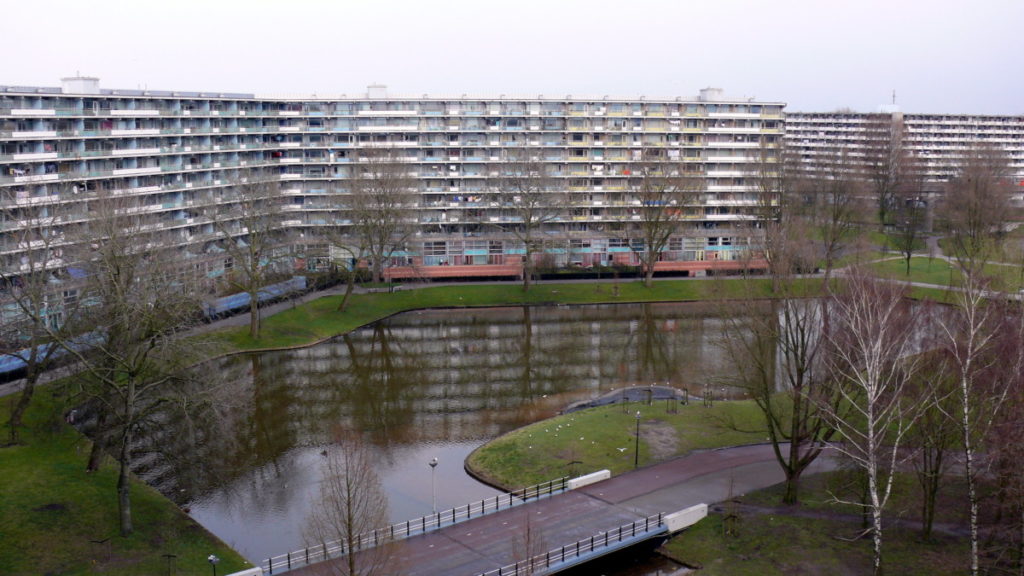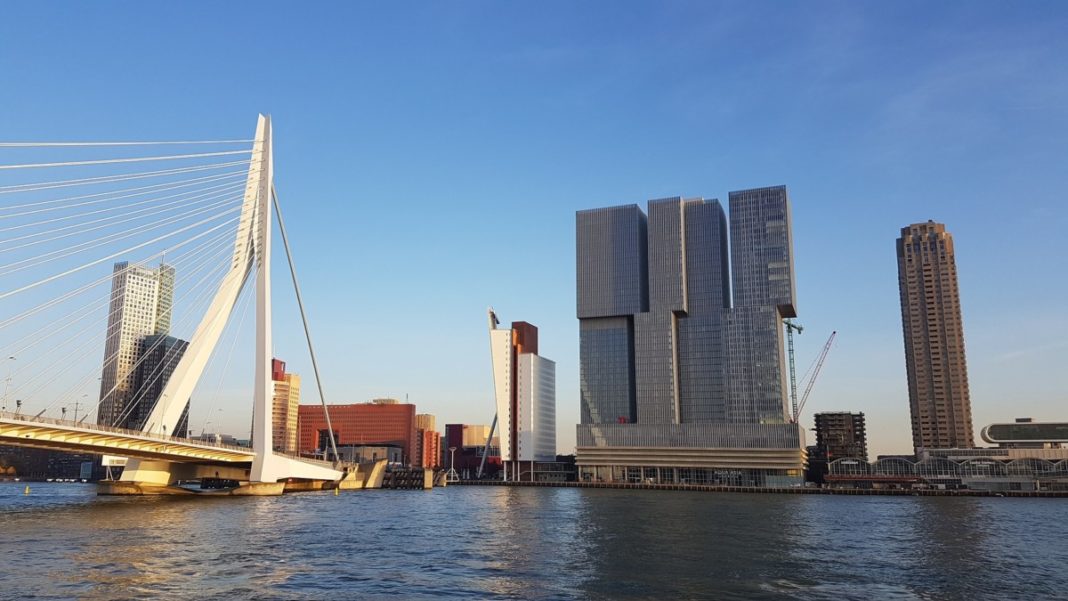Chances are, if you are reading this, you are doing so from within the Randstad. And no, we do not mean the Randstad company, but the region. But what is the Randstad exactly?
Well, it’s a megalopolis (meaning a collection of large cities in close proximity). Stretching from Utrecht in the east, Amsterdam in the north, and the Hague and Rotterdam in the south, the Randstad is the most heavily populated and developed region in the country.
But besides the simple geographical definition, how did the Randstad come to be? How is the culture here different from the rest of the Netherlands? What industries are here that make it such an economic powerhouse? Is it true that the people in this region consider people from the East peasants?
Read on to find more about the nitty-gritty details of the Randstad and more!

History of the Randstad
The Randstad’s name comes from ‘rim city’ or ‘border city’. The term was first used by the founder of KLM, Albert Plesman, while he was flying over the region in 1938. As the interior of the Randstad is dominated by the Groene Hart of the Netherlands, a large agricultural and nature zone, he used the term in reference to the big cities that border with the “Green Heart”.
However, the Randstad as we know it today emerged only after World War II, with the development of urban planning in the ’50s and ’60s. With the rise of material wealth, people in the cities wished to move in the rural areas. Part of this exodus to the rural areas was the state of decay that the cities were experiencing at the time. The canals of Amsterdam weren’t always the hip, fancy place to live it is nowadays, and back in the day, it was more desirable to live in the suburbs. Thus, urban planners channelled this exodus either by creating new towns outside of the big cities or through movement in pre-existing villages.

The urban planning philosophy around these developments is known as the garden city movement. Started in the UK in the ’20s and used extensively in the Dutch urban planning during later half of the 20th Century, the principle is to build smaller towns around big cities, surrounded by green belts, with just the right balance between industry, residential areas and agriculture. This way, you can get the benefits of the countryside while still having easy access to the big cities.
This development is quite obvious in the Randstad of today, as the endless Dutch suburbia seems to go on for miles. How people manage to live in these satellite towns which are arguably quite boring and architecturally bland is a whole different issue, but we guess that infrastructure is the saving point, as you can just jump in a train and reach a more dynamic bigger city.
Current status of the Randstad
So how is the Randstad faring nowadays? Well, despite the efficient urban planning, it is still a very busy area, as anyone who has taken the train during rush-hour would know. It has a population of 8.2 million people, compared to the total population of 17 million, and a population density of 1,500 people per square kilometre, making it one of the most densely populated areas in Europe. It has not just one metropolitan area, but two, the Amsterdam and The Hague-Rotterdam metropolitan zones.
Some urban planners even refer to the Randstad under a different name, Deltametropool, which divides the Randstad in two, depending on the metro zones. The north part is referred to as Noordvleugel (North Wing), which includes Amsterdam, while the south is Zuidvleugel (South Wing), Rotterdam and The Hague.
So what powers all the economic development of the Randstad? Well first, there is Amsterdam, which manages to attract more tourists in a year than the entire population of the country. Then there’s Rotterdam’s port, which is the biggest in Europe and one of the busiest in the world. Many of the biggest universities in the country are located in the Randstad, from Leiden, to TU Delft, Amsterdam University, you name it. A lot of industry is also here, with greenhouses so bright they light up the night sky, and endless tulip fields.
Culture of the Randstad
The Randstad is certainly distinct from the rest of the country, especially the eastern rural areas. People also refer to the Randstad as being part of Holland (which is partially true, as North and South Holland are located fully within the Randstad area). The focus on Holland over the whole country of the Netherlands does not sit well with everyone, and this can also be seen in the latest re-branding strategy by the Dutch government. People from the east are also not big fans of being called Hollanders, because, in geographic truth, they are not.
The divide between the Randstad and the rest of the country is visible in more ways. In my first months in the Netherlands, more than once I heard people from the Randstad describe people from outside the region as peasants. One can then understand why the Dutchies from the east might not want to associate themselves with the snob city dwellers of the west.
There are differences in attitudes as well. People from the Randstad are generally considered to be more open-minded and liberal in their values, while rest are considered to be generally more conservative. For example, while nowadays in the debate with Zwarte Piet it’s more likely to find Soot Piet (using smudges on the face rather than full black-face) in the Randstad, in the east it is more common to find the traditional Zwarte Piet.
Overall, the Randstad remains a vaguely defined area, with no official boundaries. There is not a unified cultural landscape, and people tend to feel more attachment to their individual cities rather than the area as a whole. An influential urban planner called Niek De Boer even famously said that the Randstad does not even exist. As such, it’s never a bad idea to visit the lesser-known paths in the country, as a way to gain a better understanding of the place as well as avoiding all the pesky drunk tourists.
What’s your favourite thing about the Randstad? Or, do you rather prefer the rural east for a more authentic Dutch experience? Let us know in the comments below!
Feature Image: nschaten/Pixabay



Hi VLAD MOCA-GRAMA,
THANK YOU VERY MUCH FOR YOUR WRTINGS WHICH I READ WITH APT INTEREST WHICH IS TRULY ENLIGHTENIG WITH DELIGHT.
AJAY
INDIA
Colombia has 1100 municipalities, integrated in 32 departments and 5 regions. Urban planning is now includin a new variety of region`s integration. Although, the breaking landscapes and difficulties of access denote a under-development. Currently thereare municipalities with lack of institutional presence, warlordisms and habitat or natural dissaters risks.What do you think about Colombian regional integration?